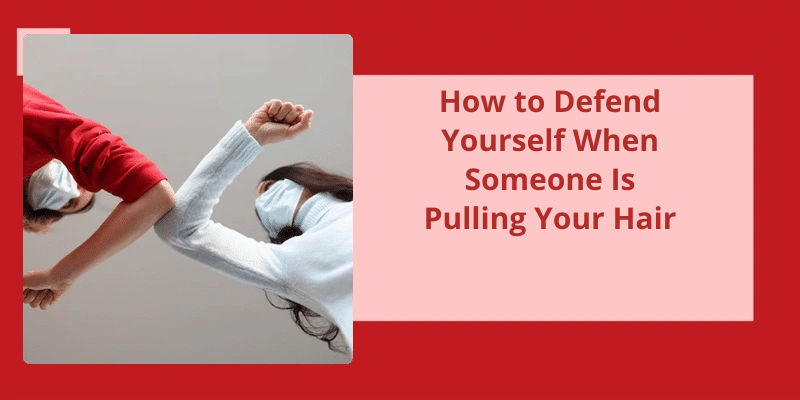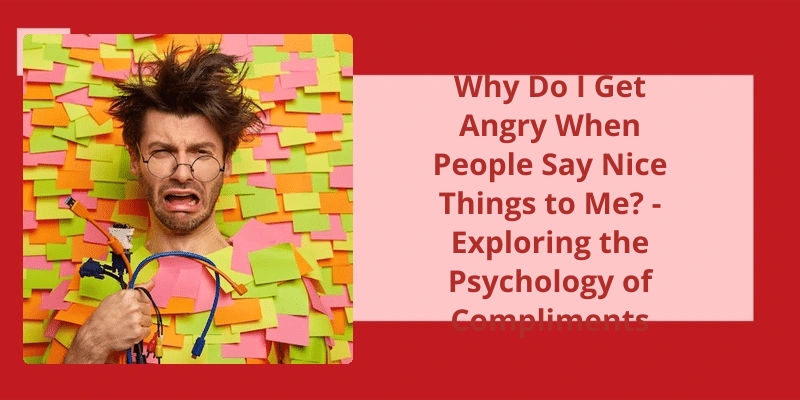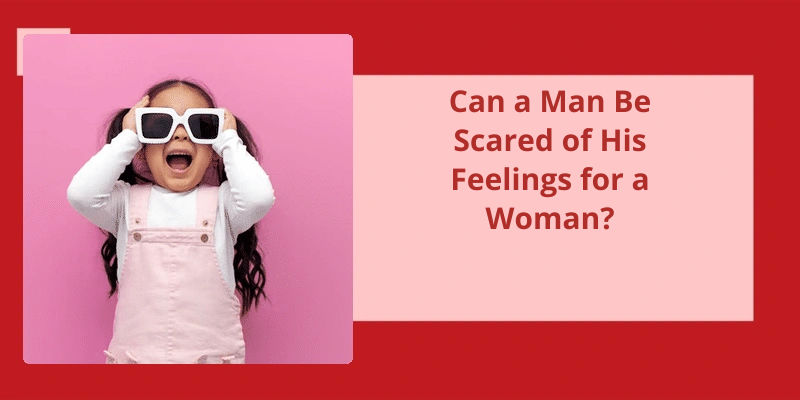Hair pulling is a common form of physical attack that many people have to face during their lifetimes. It can occur in various situations, such as during a physical altercation, in self-defense situations, or even in domestic violence. Furthermore, hair grabbing is a tactic often employed by assailants to exert control or cause harm. That said, it’s essential for people to know how to defend themselves when someone is pulling their hair. Self-defense techniques are critical in such situations, and individuals need to learn techniques that can help them break free and protect themselves from harm.
Is Pulling Someone’s Hair Assault?
The act of pulling someones hair isn’t only physically painful, but it can also be considered a criminal offense in many places. Assault is defined as any intentional act that causes physical harm or makes a person feel threatened or frightened.
Additionally, the act of pulling someones hair can cause emotional distress or fear, especially if it’s done unexpectedly or aggressively.
People who’re victims of assault may feel isolated, ashamed, and traumatized by the experience. They may feel like they can’t trust others or that they’re unsafe in social situations. This can have a significant impact on their mental health and quality of life.
By raising awareness about the seriousness of this issue, we can help prevent future incidents and create a safer, more respectful society for everyone.
When it comes to defending yourself from an attacker, it’s important to know what steps to take to stay safe. One common scenario is being grabbed from behind, which can be terrifying. But with the right techniques, even this situation can be navigated more effectively. Here’s what to do in the event of such an attack.
Can You Defend Yourself if Someone Grabs You?
In situations where you need to defend yourself, knowing the basic techniques of self-defense can go a long way. Being grabbed from behind can be particularly dangerous, as you might not see the attacker approaching. However, with quick thinking and decisive action, you can turn the tables on your assailant.
The first step in defending yourself when someone grabs you from behind is to remain calm. It might be tempting to panic, but this will only make the situation worse. Instead, take a moment to assess your surroundings and determine the best course of action. If you’re near other people, yell for help as loudly as you can to draw attention to the situation.
Once you’ve assessed the situation, use your body weight to your advantage. If your attacker is much larger than you, you might not be able to overpower them directly. Instead, try to unbalance them by moving your weight in unexpected ways. For example, if they grab your arm, twist your body away from them while pulling your arm back in the opposite direction. This will put pressure on their grip and make it easier for you to break free.
If your attacker does manage to grab you, don’t be afraid to fight back. Kick, punch, and elbow them wherever you can. Aim for vulnerable areas like the eyes, nose, and groin. Use your body weight to generate as much force as possible, and don’t stop until you’re free. Remember, the goal of self-defense isn’t to “win” the fight, but to escape unharmed.
Take self-defense classes, read books and articles about the topic, and remain vigilant in everyday situations. By being aware of your surroundings and knowing what to do in an emergency, you can give yourself the best chance of escaping unharmed.
Source: If someone grabs you, can you defend yourself?..
When it comes to self-defense, many people wonder if hair pulling can be an effective tactic. While some may dismiss it as a weak or ineffective move, there are ways to use hair pulling to gain an advantage over an attacker. However, it’s important to utilize proper technique and strategy in order to make it an effective part of your self-defense arsenal. Let’s take a closer look at the pros and cons of hair pulling in a fight.
Is Hair Pulling Effective in a Fight?
Hair pulling as a means of self-defense or fighting isn’t a new concept. It’s been used since ancient times, especially by women, to protect themselves from attackers. However, the question that arises is whether hair pulling is an effective way of winning a fight. The answer, as with most things, isn’t straightforward. It depends on how you use it.
On the other hand, if you just reach out and yank a lump of hair out of your enemys head, then it’s unlikely to have a significant impact on the fight. This sort of hair pulling is more likely to cause pain and irritation than anything else. While it may distract your enemy for a brief moment, it’s unlikely to give you a significant advantage.
It’s important to note that hair pulling isn’t without risks. If you try to pull someones hair who’s much stronger than you, then they may be able to use your grip against you. They could turn around and strike you while your hand is still attached to their scalp. It’s also worth remembering that if you’re grappling with an enemy who’s short hair, then there may not be much to grab onto.
Techniques for Effective Hair Pulling in a Fight
- Grip hair firmly at the roots
- Use a twisting motion to pull the hair
- Combine with strikes or other techniques for maximum effectiveness
- Be prepared for counterattacks
- Practice in a controlled environment under the supervision of a qualified instructor
Hair-pulling, also known as trichotillomania, is a disorder that affects millions of people worldwide. While the act of pulling hair itself may not seem harmful, repeated behaviors can cause significant damage to the scalp and hair follicles. In this article, we will explore the potential risks and consequences of hair-pulling and what steps you can take to manage the condition.
Can Pulling Hair Cause Injury?
Traumatic hair loss disorders are often associated with hair pulling or trichotillomania. Hair pulling can happen in many different ways: some individuals tug out their hair in large clumps while others pluck out hair one strand at a time. Regardless of the method used, the act of constantly pulling ones hair can lead to permanent damage to the scalp and hairs, which often causes hair loss and thinning. Hair loss due to frequent pulling can happen in any area of the scalp, but it’s most commonly seen in the front and top of the head where the most hair is present.
Although trichotillomania isn’t inherently harmful to the body, the injury caused can lead to long-term damage to hair follicles, which can result in permanent hair loss. Methods for treatment of trichotillomania include therapy, medication, and tactile and behavioral techniques.
Pulling hair regularly can also result in open wounds, scars, and infections. These wounds are often painful and may take longer to heal than normal cuts or burns. In addition, frequent pulling can lead to permanent scarring of the skin, which can cause serious cosmetic problems for individuals experiencing this condition. Scars from hair pulling can range from mild to severe, and may take months or even years to fade away.
When individuals pull their hair, they may accidentally damage the hair follicle or shaft. This can often lead to infections, irritation, and in some cases, folliculitis. This is a skin condition that may occur due to the damage caused by pulling, causing infection of hair follicles. It can lead to pus-filled bumps, scarring, and even bald patches with inflamed skin around them.
Treatment options for hair pulling include therapy, medication, and tactile and behavioral techniques. By seeking treatment, individuals who compulsively pull their hair can limit the damage to their scalp and hair, ultimately improving the quality of their life.
Now that we’ve established that hair strands themselves don’t contain nerves, you might be wondering why the scalp feels pain when someone pulls your hair. It turns out that the scalp is actually responsible for sensing the sensation of hair being pulled, and it can be quite uncomfortable. Let’s dive deeper into the science behind why hair pulling hurts so bad.
Why Does It Hurt So Bad When Someone Pulls Your Hair?
Have you ever felt a sudden jolt of pain when someone pulls your hair? If you have, you know how excruciating it can be. But have you ever stopped to wonder why it hurts so bad? After all, hair strands themselves don’t have any nerves in them. It follows that the pain youre experiencing must be coming from somewhere else.
The answer lies in the anatomy of the scalp. Your scalp contains an intricate network of nerves and blood vessels. These nerves are responsible for transmitting signals of touch, pressure, and pain to your brain. When you tug on your hair, youre not actually pulling on the hair follicle itself. Instead, youre tugging on the sensitive scalp tissue that surrounds it.
In some cases, hair pulling can lead to actual physical damage to the scalp. This can cause hair loss and even scarring on the scalp.
Instead, it’s the sensitive scalp tissue that surrounds the hair follicles. So next time someone tries to tug on your hair, be sure to tell them to be gentle!
Hair Pulling Disorders and Their Psychological Causes
- Trichotillomania, which is also known as hair-pulling disorder
- Alopecia areata, which is an autoimmune disorder that causes hair loss
- Stress and anxiety, which can lead to hair pulling
- Obsessive-compulsive disorder (OCD), which might involve hair pulling as a compulsion
- Depression, which can lead to a lack of self-care and grooming, resulting in hair loss
- Post-traumatic stress disorder (PTSD), which can cause hair pulling as a coping mechanism
Hair pulling is a common occurrence that many people experience at some point in their lives. While a single hair pull may seem harmless, repeated pulling could have more severe consequences. This article explores the effects of hair pulling and the potential dangers associated with it.
What if Someone Pulled My Hair?
This could be quite painful, and could also lead to more severe problems such as hair loss or even infection. Pulling hair can be a sign of aggression or frustration, and so it’s important to be aware of this behavior and take steps to avoid it if possible.
If you do find yourself in a situation where someone has pulled your hair, there are a few things you can do to minimize the damage. First of all, try to stay calm and avoid any further confrontation or retaliation. This can be difficult, as hair pulling can be quite painful and may even trigger a fight or flight response. However, it’s important to take a deep breath and try to stay grounded.
Next, assess the damage. If only a few hairs have been pulled out, you may be able to simply comb or brush your hair to cover up the bald spot. However, if a larger section of hair has been pulled out, you may need to consider getting a haircut or trying a different hairstyle to cover it up.
In the long term, it’s important to take care of your hair to prevent damage and promote healthy growth. This means using gentle shampoos and conditioners, avoiding harsh chemicals or heat treatments, and eating a healthy diet rich in vitamins and nutrients.
Finally, if youre dealing with repeated hair pulling or other forms of aggression or abuse, it’s important to seek help and support from friends, family, or professionals. No one deserves to be treated this way, and there are resources available to help you stay safe and healthy.
How to React if Someone Pulls Your Hair in a Public Place
- Stay calm and try not to panic
- Politely ask the person to stop pulling your hair
- If the person refuses to stop, ask for help from a nearby authority figure or security personnel
- Don’t retaliate with violence or aggression
- Consider reporting the incident to the police if it’s severe or if it happens repeatedly
Conclusion
In conclusion, defending oneself in a hair-pulling situation requires quick thinking and swift action. It’s important to stay calm and avoid panicking, and to try to reason with the attacker if possible. However, if an attack is imminent, one must be prepared to defend themselves using appropriate self-defense techniques such as striking the assailant's vulnerable areas or releasing their grip on the hair. It’s important to remember that every situation is unique, and what may work in one circumstance may not be effective in another. Therefore, being knowledgeable about self-defense techniques and practicing them regularly can be valuable tools in protecting oneself both physically and emotionally.






